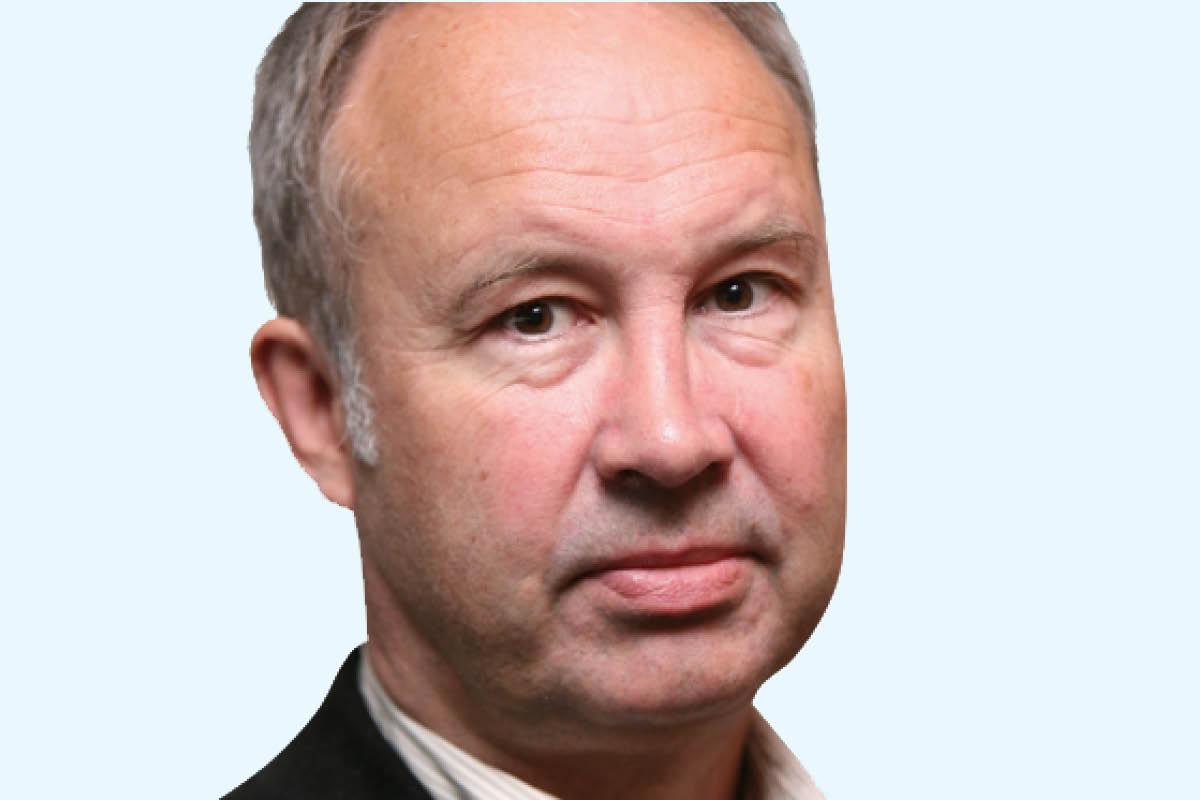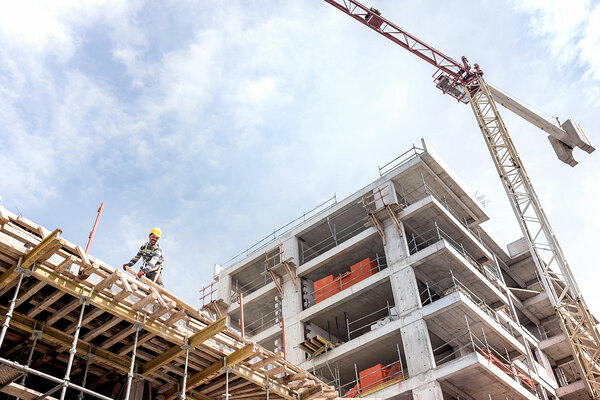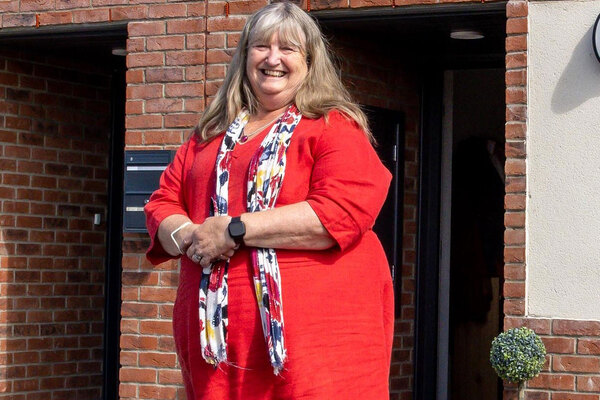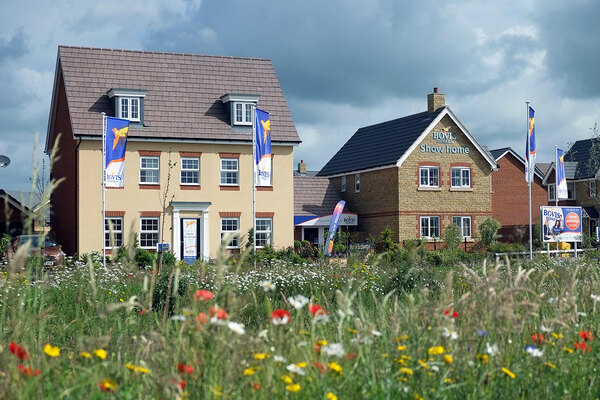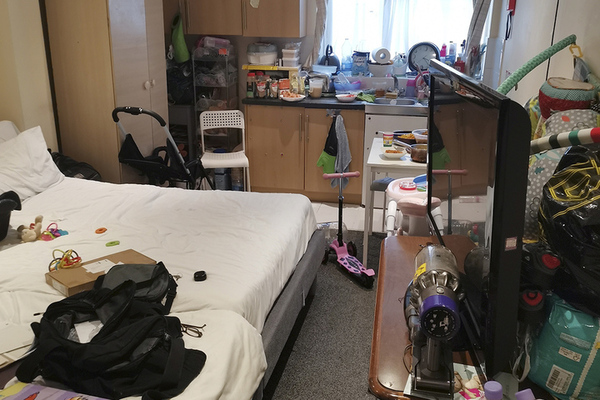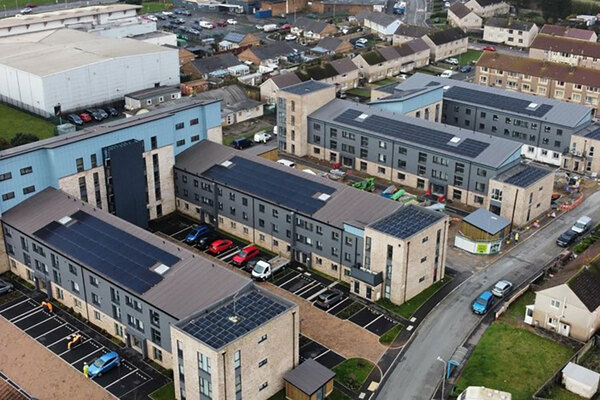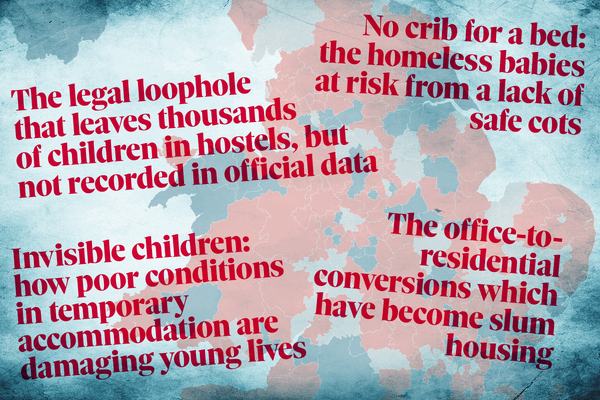You are viewing 1 of your 1 free articles
Interest rates are stifling growth – it is time for a different approach
There is a strong argument for lowering interest rates sooner rather than later when you look at the devastating effect they are having on housing, says Nick Atkin, chief executive of Yorkshire Housing
The UK economy has had more ups and downs over the past few years than a rollercoaster. In fact, it’s had so many twists, dips and dives that if it were a rollercoaster, I’d probably give it a miss, even with my love of thrill rides.
The same decisions are made by different people and, unsurprisingly, the results are always the same: a rollercoaster economic trend that stifles growth and creates uncertainty. This has almost certainly contributed to creating a housing crisis unlike anything we’ve seen before.
This is just one of the reasons why Yorkshire Housing supports the National Housing Federation’s call for a long-term plan for housing that puts politics to one side and focuses on building the homes people need.
The problem is that we have periods of growth, where the economy has been stimulated, and then a pull-back when things overheat – the boom-bust cycle. After the late 1990s, it appeared this cycle had been broken, but the financial crash of 2008 caused a massive economic dislocation that saw new house sales fall by as much as 50% and investors and developers scale back.
Fast forward 15 years and you can see some of the past mistakes being repeated. It’s like a slow-motion car crash. You can see that you’re about to have a collision, but there’s nothing you can do about it other than sit tight and brace for impact. That’s how it feels when I look at some of the recent economic decision-making, most notably by the Bank of England (BoE).
So, let me explain what I’m seeing and the impact it’s having on housing.
The BoE, which is independent from the government, has a limited number of tools to slow down the economy and control inflation, one of which is interest rates.
We know that interest rates across the world increased significantly over the past 18 months, with the UK’s rate increasing from 0.1% at the end of 2021 to its current rate of 5.25%. Such large global increases caused stress in some financial markets, most notably the collapse of Silicon Valley Bank and Credit Suisse, alongside problems with some pension schemes.
The theory used by the BoE is that raising interest rates gets inflation back under control by reducing the amount of money people have to spend. Higher interest rates also dampen inflation by reducing business growth and demand for labour, as well as increasing the value of the pound, making imported goods cheaper.
The BoE has also embarked on a programme of quantitative tightening, selling off the bonds it purchased during its programme of quantitative easing, as another tool to reduce inflation.
Inflation has begin to come down over the past few months, in part thanks to a reduction in the cost of energy and food. But ratcheting up interest rates hasn’t had the same impact it had during previous periods of high inflation. So, what’s different this time?
The big difference is that the mortgage landscape has changed completely. In the past, fixed-term mortgages were few and far between. In recent times, they’ve been the default option. A staggering 96% of mortgages taken out over the past five years are on fixed rates, higher than at any other point in time.
The huge number of fixed-term deals delays the impact of higher interest rates on homeowners, so millions of mortgage holders are only just starting to feel the effects. The scale of the problem is frightening. Over the next few months, almost 1.5 million households’ fixed-term deals will end, with the average annual mortgage repayment rising by £2,900.
This could explain why inflation isn’t coming down as quickly as expected. Compounded by a buoyant labour market, high levels of personal savings after lockdown and global commodity price issues, inflation remains stubborn, although it has now reduced to 3.8% and is projected to fall further.
Most households are still struggling with the cost of living, and big increases to mortgage payments only add fuel to a housing crisis that has been decades in the making. As long as the cost of credit remains high, people on lower incomes, such as shared owners and renters, are falling behind on priority bills, including rent, utilities and council tax. Energy bill arrears are at their highest levels since records began in 2012.
Although it’s predicted that interest rates won’t remain high for much longer, the BoE has hinted that any reductions it makes will be small.
So, here’s the slow motion.
The time it takes for interest rate changes to affect the economy is well known. It’s like turning the wheel on a large ship and waiting for it to change course. This delay creates a risk of stifling the recent signs of recovery in the housing market.
Additionally, many housing associations have reduced their new build programmes, as the increased cost of borrowing means a number of schemes are no longer viable and their interest cover weakens. This exacerbates the housing crisis and increases the calls for a long-term plan for housing.
The UK is currently experiencing a shallow recession. The BoE’s cautious approach to lowering interest rates creates the risk that the economy will stagnate. Lowering rates could help struggling households, stimulate the housing market and encourage new builds. However, the BoE needs to balance this against the risk of reigniting inflation.
We also know that interest rates at 2%-3% are expected to be the new norm from 2026 onwards. While this is higher than the sub-1% levels we have become accustomed to, this is still below the trend over the past 30-50 years. At least we can look ahead and start to plan for this new normal.
At a time of both a cost of living and a housing crisis, we need to ensure that we provide the right economic conditions for our customers to thrive, as well as building the new homes we know the country desperately needs.
A long-term plan for housing underpinned by a strong and vibrant UK economy is key to achieving this.
Nick Atkin, chief executive, Yorkshire Housing
Sign up for our development and finance newsletter
Already have an account? Click here to manage your newsletters





